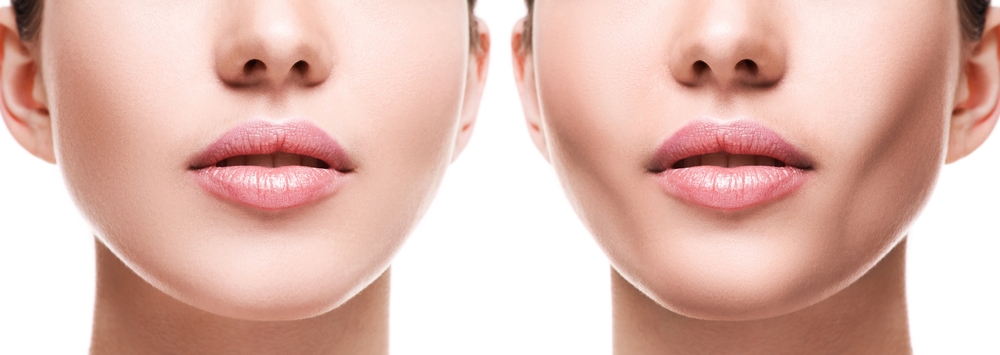
This procedure helps achieve a more defined and attractive facial appearance and is a popular choice for facial contouring.
Buccal fat removal involves the surgical removal of the buccal fat pads located inside the cheeks. These fat pads contribute to the fullness of the cheeks and are determined genetically. In some individuals, these fat pads may be excessively large, resulting in a round or chubby facial appearance. Buccal fat removal reduces this excess fat, slimming the cheeks and defining the facial features.
The primary goal of this procedure is to achieve sharper and more defined facial contours. Buccal fat removal is generally performed for aesthetic reasons, and the results are usually long-lasting. This procedure is popular among both men and women who desire a more sculpted and contoured facial appearance.
Buccal fat removal is typically performed under local anesthesia. During the procedure, the surgeon makes small incisions inside the cheeks and carefully removes the buccal fat pads through these incisions. After the fat pads are removed, the incisions are closed with sutures. The procedure usually takes 30-60 minutes, and patients can typically go home the same day.
The recovery process for buccal fat removal is relatively quick compared to other cosmetic surgeries. Patients can usually return to normal activities within a few days. During the recovery period, mild swelling and bruising in the cheeks may occur, but these symptoms usually subside quickly. Following the surgeon's post-operative care instructions can help speed up recovery and minimize the risk of complications.
The most significant advantage of buccal fat removal is the enhancement of facial contours, improving the overall aesthetic appearance. This procedure effectively removes excess fat from the cheeks, making the face appear slimmer and more attractive. Buccal fat removal is an effective method for facial contouring and improving facial symmetry. Additionally, the results are typically permanent, and repeat procedures are not usually necessary.
However, buccal fat removal does carry some risks and potential complications. Post-operative infection, bleeding, and wound healing issues can occur. There is also a risk of excessive cheek thinning or asymmetry. Patients should be thoroughly informed about the advantages and risks of buccal fat removal and discuss all possibilities with their surgeon. When performed by an experienced and skilled surgeon, buccal fat removal is generally a safe and effective procedure.
The recovery process for buccal fat removal requires careful attention to post-operative care and adherence to the surgeon's instructions. In the first few days following the procedure, patients may experience mild swelling and bruising in the cheeks. These symptoms typically resolve within a few days. Patients can apply cold compresses to reduce swelling and alleviate discomfort.
Maintaining oral hygiene is crucial during the recovery period to prevent infection in the incision sites. Patients should use mouth rinses and gently brush their teeth to keep the area clean. Avoiding strenuous physical activities and following the recommended diet and care instructions is essential. Regular follow-up appointments with the surgeon are important to monitor the healing process and detect any potential complications early. For more information about buccal fat removal and its costs, contact EMPCLINICS.
The cost of buccal fat removal varies depending on the surgeon's experience, the location of the surgery, and the patient's specific circumstances. It is important to discuss the exact cost with your doctor.
Buccal fat removal is suitable for individuals with excess fat in their cheeks who are in good overall health. It is important to have a detailed consultation with your doctor before the surgery to ensure you are a good candidate.
No, the buccal fat pads removed during the procedure do not grow back. However, overall weight gain can affect facial contours. Maintaining a healthy diet and regular exercise can help preserve long-term results.